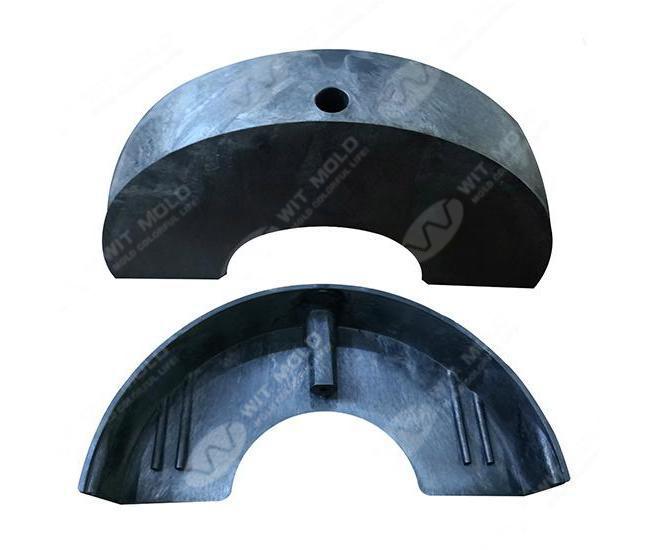Structural foam molding is a manufacturing process that creates strong, lightweight, and cost-effective plastic parts. This technique is widely used in industries such as automotive, medical equipment, and industrial packaging due to its durability and reduced material costs. In this article, we’ll explore how structural foam molding works, its key benefits, and real-world applications.
Structural foam molding is an advanced plastic injection process where a foaming agent is added to molten plastic. This creates a microcellular structure inside the material, making it lighter while maintaining high strength. Unlike traditional injection molding, which produces solid plastic parts, structural foam molding results in parts with a rigid outer shell and a lightweight, foam-like core.
Despite being lightweight, structural foam molded parts are incredibly strong. The cellular structure distributes stress evenly, reducing the risk of cracking or breaking under heavy loads. This makes it ideal for manufacturing large, durable parts while using less raw material.
Products made using this process can be up to 20-30% lighter than those produced with traditional injection molding. Lighter parts help reduce shipping costs and improve energy efficiency in applications like automotive manufacturing, where weight reduction directly impacts fuel efficiency.
Structural foam molding requires less plastic material and operates at lower injection pressures. This reduces tooling costs and extends mold lifespan, making it a cost-effective choice for high-volume production runs. Many companies report savings of up to 30% in material and manufacturing expenses compared to standard injection molding.
The process is compatible with various thermoplastics, including ABS, polyethylene, and polypropylene. This flexibility allows manufacturers to create custom parts for diverse applications, from medical equipment casings to outdoor furniture.

Car manufacturers use structural foam molding to produce lightweight components such as dashboards, interior panels, and structural reinforcements. Reducing vehicle weight improves fuel efficiency and lowers production costs.
Medical device manufacturers rely on this process for durable, hygienic casings for imaging machines, hospital beds, and diagnostic equipment. The lightweight nature of these components enhances portability and ease of use.
From storage containers to outdoor furniture, structural foam molding enables the production of impact-resistant, weatherproof products. These goods maintain durability while being easier to transport and assemble.
Many companies switch to structural foam molding service to achieve a balance between strength, weight reduction, and cost savings. A case study from an industrial packaging company revealed that switching to structural foam molding reduced packaging weight by 25% while cutting production costs by 20%. Additionally, automotive manufacturers have reported improved crash safety performance due to the material’s superior impact resistance.
Structural foam molding is a game-changer for manufacturers seeking strong, lightweight, and cost-effective plastic components. With benefits like reduced material costs, improved durability, and broad industry applications, this process is becoming the go-to choice for high-performance plastic parts. Whether in automotive, medical, or consumer goods manufacturing, structural foam molding delivers efficiency without compromising quality.
Previous: How Custom Sheet Metal Fabrication Service Solves Your Needs
Next: High-Cavity Molds: Design Considerations and Applications
Comments
Please Join Us to post.
0